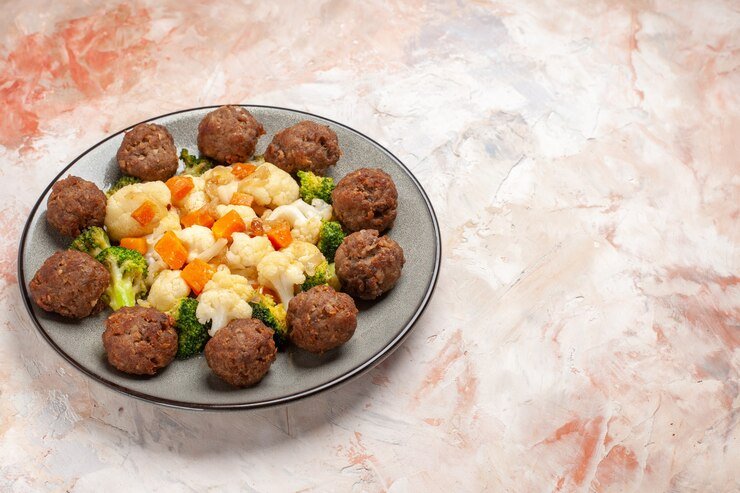Innovative Flavor Combinations and Seasonings
Explore creative twists on traditional cocktail meatball recipes by experimenting with unique flavor combinations and seasonings. This section will guide you through integrating various global ingredients to enhance the taste profile of your meatballs.
- Global Inspirations: Draw inspiration from Italian, Asian, and Scandinavian cuisines to introduce new flavors. Consider adding ingredients like Parmesan cheese, hoisin sauce, or dill.
- Seasoning Mixes: Create signature seasoning blends. Mix herbs like basil, oregano, and thyme for an Italian flair, or ginger, garlic, and soy for an Asian touch.
This exploration of flavors will help you craft a menu of cocktail meatballs that is as diverse as it is delicious, ensuring there’s a flavor to suit every palate at your event.
Sustainable and Ethical Cooking Practices
Discuss the importance of using sustainably sourced and ethically produced ingredients in your cocktail meatball recipes. This section emphasizes the environmental impact and ethical considerations of ingredient choices.
- Choosing Sustainable Meats: Opt for meats from responsibly managed farms that prioritize animal welfare and environmental health.
- Eco-friendly Ingredients: Highlight the benefits of using local and organic produce. Discuss how these choices not only improve the quality of the meatballs but also support local economies and reduce environmental footprints.
Incorporating these practices into your cooking not only contributes to a healthier planet but also adds a layer of thoughtful consideration to your culinary creations, appealing to environmentally conscious guests.


